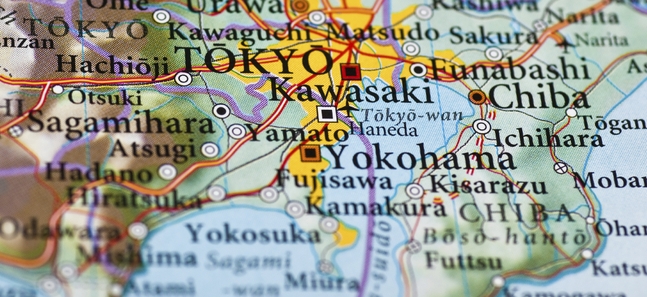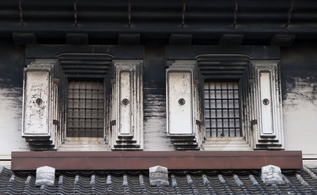Day trips and weekend breaks: Saitama Prefecture
What to do and where to go when you need to get outta town

Posted: Mon Apr 25 2011
Saitama
Kawagoe
 If you only do one thing...
If you only do one thing...
Nicknamed ‘Little Edo’, Kawagoe has one of Japan’s most extensive collections of intact merchants’ houses dating from the 19th century. The collection isn’t huge – fewer than 30 buildings – but they offer a rare glimpse of a Japan long disappeared – perfect for an afternoon of lazy mooching.
Where to eat
Located near Kita-in temple, Kotobukian specialises in wariko-soba, a concoction of green tea buckwheat noodles flavoured with five different toppings, and served in a five-tiered box. Mon-Tue, Thu-Fri, 11.30am-5pm; Sat-Sun and national holidays, 11.30am-8pm; closed Wed. 1-2-11 Kosenbamachi, Kawagoe, Saitama (0492 25 1184; www.kawagoe.com/kotobukian)
Where to stay
A simple day trip, a little over an hour from central Tokyo. Indeed, it's hard to believe that the slow pace of Kawagoe life could be so close.
How to get there
The Seibu Shinjuku train leaves every 15 mins from Seibu Shinjuku Station to Hon-Kawagoe Station (65mins, 480 yen single; 45 mins, 890 yen express single).
Jiko-ji
If you only do one thing...
The oldest temple in the Kanto region outside Tokyo sits on a hilltop in the middle of a green landscape about 70 kilometres north of the capital. Infrequent transport connections mean it takes pretty much all day to get there and back, but the slow journey, followed by a peaceful hour-long walk to the temple itself, is a perfect antidote to the chaos of the capital. The modern treasure house (open 9am-4pm daily, 300 yen) contains a number of valuable items, including the Lotus Sutra, a scroll-like masterpiece of calligraphy painstakingly transcribed by Emperor Gotoba (1183-98), and now a national treasure.
Where to eat
There’s nowhere to eat near Jiko-ji. Bring a packed lunch or try the towns of Myokaku or Ogawamachi en route, where there are lots of unagi (freshwater eel) restaurants. Futaba Honten (0493 72 0038, open 11am-2.30pm, 4-8pm daily, closed first Mon of the month), five minutes along the shopping street from Ogawamachi Station, has belonged to the same family for 250 years and specialises in chushichi-meshi, a soup of rice in green tea, and the ubiquitous unagi.
How to get there
Getting to Jiko-ji is a beautiful adventure in itself. From Ikebukuro Station, the Tobu Tojo special express maps a course through sprawling suburbia to its terminal at Ogawamachi (73 minutes, 780 yen). The JR Hachiko line has little diesel trains on the hour to the next station, Myokaku (8 mins, 200 yen), from which it’s a ten-minute bus ride (Tokigawa Son’ei bus to Jiko-ji Iriguchi) to the sleepy hamlet of Nishi-Daira, where old houses with their adjoining kura (warehouses) are the norm, and hens appear to outnumber people. From the bus stop, a two minute walk into Nishi-Daira will bring you to a crossroads. Here, turn right on to the steep road that disappears into the forested hills above.
Tweets
- About Us |
- Work for Time Out |
- Send us info |
- Advertising |
- Mobile edition |
- Terms & Conditions |
- Privacy policy |
- Contact Us
Copyright © 2014 Time Out Tokyo


Add your comment